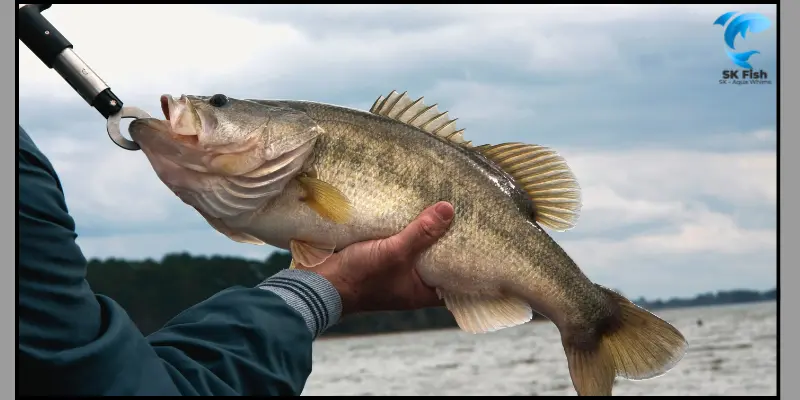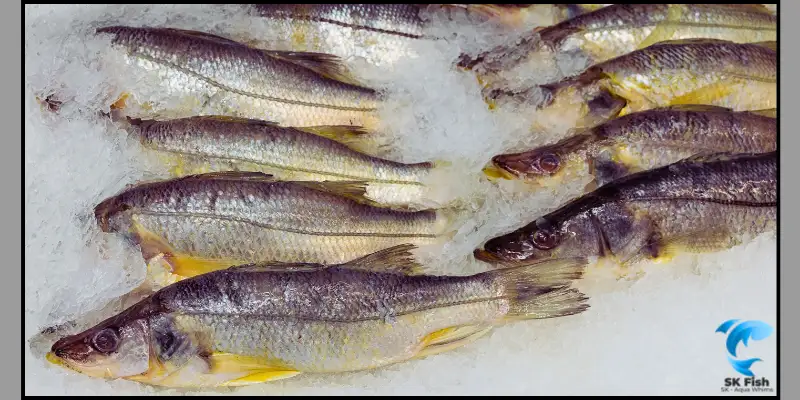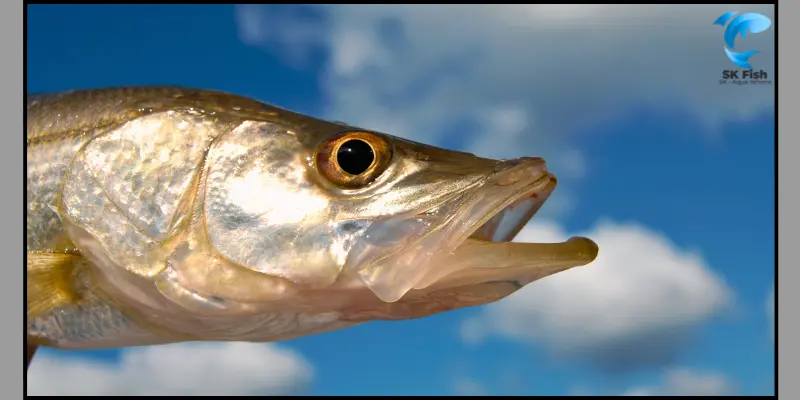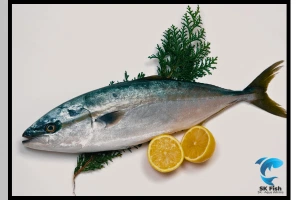Robalo Fish | Exploring Its Habitat, Behavior & Fishing Methods
Published: 5 Mar 2024
Welcome to the captivating world of robalo fish, renowned for their striking beauty and intriguing characteristics. In this blog, we uncover fascinating facts about their habitat, distribution, behavior, and unique fishing techniques.
Are you eager to learn more about the wonders of robalo fish? You’ve come to the right place! Join us as we dive into the mesmerizing world of these captivating creatures.
What is Robalo Fish?
Robalo fish, also known as “Common Snook,” are scientifically classified as “Centropomus undecimalis.” Renowned for its aggressive behavior, this saltwater species invites exploration. Let’s delve deeper into their fascinating characteristics!

Common Names
Robalo known as various names in different countries. Some common names of robalo fish are listed below:
- Common Snook
- Linesider
- Soapfish
- Sergeant fish
Size and Weight
While it’s true that multiple factors such as environmental conditions, habitat, and age can influence the size and weight of every species, the adult size of robalo fish typically ranges from 3 to 3.5 feet in length, with a maximum weight of 5 to 12 kilograms.
Lifespan and Reproduction
The primary challenge for robalo fish is the increasing fishing pressure, which can reduce their longevity. Additionally, various factors can affect their lifespan and reproduction. However, on average, robalo fish have a lifespan of 10 to 15 years.
The reproductive system of robalo fish involves several stages. They predominantly spawn during the summer season, as they are commonly found in warm areas. Robalo are protandric hermaphrodites, meaning they start as males and later transition into females.
During spawning, male robalo release sperm into the open water near shallow coastal areas, where fertilized eggs are released by female robalo. After a few days, the eggs hatch into larvae, which then settle on mangroves and seagrass beds.
As the larvae grow and mature, they transition into juveniles. Robalo typically reaches sexual maturity at around 2 to 3 years of age.

Habitat and Distribution
Robalo, also known as sergeant fish, is a popular game fish commonly found in brackish and saltwater environments. Robalo is widely distributed worldwide, typically inhabiting coastal habitats such as mangrove swamps, estuaries, tidal creeks, and brackish water.
They are native to the tropical waters of the Atlantic Ocean and the Gulf of Mexico, as well as the coastal waters of Central and South America, including regions such as Mexico, Colombia, Belize, and Honduras.
Behavior and Feeding Habits
The common snook exhibits unique behavior and feeding habits. Let’s explore an overview of their behavior and feeding patterns:
Behavior
Robalo fish are well-known for their aggressive behavior, often found in groups but also displaying solitary hunting tendencies. They employ ambush tactics to target their prey, utilizing their agility and speed to strike swiftly.
To protect themselves from larger predators, robalo fish seek refuge among mangrove roots, submerged vegetation, or other hiding spots. Capturing robalo can be a significant challenge for anglers, requiring skill and patience. Experienced anglers often use sturdy equipment, such as heavy-duty poles, to successfully reel in these formidable fish.
Feeding Habits
Snook are carnivorous predators with a diverse diet that includes small fish, crustaceans, baitfish, mollusks, insects, and worms. They possess keen senses, particularly a strong sense of smell, which they use to locate their prey, often targeting dark or shaded areas where their prey may be hiding.
Common snook are known for their voracious appetites and will consume a significant amount of food in one sitting. Additionally, they are opportunistic feeders and may scavenge on dead fish to supplement their diet.
How to catch Robalo Fish?
Catching robalo, also known as snook, presents a significant challenge for anglers due to their agility and aggressiveness. However, with the right approach, landing a robalo can be a rewarding experience. Understanding the behavior of robalo is crucial for success, as it allows anglers to anticipate their movements and effectively tackle them.
One popular method for catching snook is using live bait. Common bait options include shrimp, pinfish, finger mullets, herring, sardines, and croakers. Using larger bait can attract larger prey, increasing your chances of a successful catch.

Patience and persistence are essential qualities for any angler. Fishing requires time and dedication, so be prepared to wait for the right moment. Experimenting with different lures, including artificial ones, can also be effective in enticing robalo. By employing these tips and techniques, you’ll increase your chances of landing a prized robalo.
Conclusion
In the summary, we explored fascinating facts about the snook fish, including its various names, sizes, weights, lifespans, reproduction cycles, habitats, distribution, and techniques for catching this aggressive species. I hope this post provides valuable information for those seeking essential facts about the robalo fish. Feel free to share your feedback in the comment section below.
FAQs
Is Snook a good fish to eat?
Snook is a popular game fish prized for its white flesh and mild flavor. However, a significant issue with consuming these delicious fish is their limited catch regulations – typically restricted to one fish per person. These regulations are in place to ensure the sustainability of snook populations.
Is snook freshwater or saltwater?
Snooks are primarily found in warm oceanic regions. They inhabit saltwater environments, including brackish water and seawater. Known for their adaptability, snook can tolerate a wide range of salinity levels and are even capable of surviving in freshwater.
What is another name for snook?
Snook fish is also known as common snook, robalo, and sergeant fish. The scientific name of the snook is “Centropomus undecimalis.”
Are snooks aggressive?
Snook fish are known for their aggressive behavior, especially when hunting for prey or defending their territory. They exhibit aggression during hunting and become particularly territorial and aggressive during the spawning season.

SK Fish is your trusted source for practical fish care tips and delicious seafood recipes. Our team is dedicated to providing reliable, well-researched content for fishing enthusiasts and home cooks alike.

- Be Respectful
- Stay Relevant
- Stay Positive
- True Feedback
- Encourage Discussion
- Avoid Spamming
- No Fake News
- Don't Copy-Paste
- No Personal Attacks



- Be Respectful
- Stay Relevant
- Stay Positive
- True Feedback
- Encourage Discussion
- Avoid Spamming
- No Fake News
- Don't Copy-Paste
- No Personal Attacks





